The Parsons School of Design Making Center has acted as a campus facility where the entire New School student body can work on creative projects. However, as of this semester, the Making Center’s E4 Metal + Wood Shops and Wet Shop are now only open to students enrolled in classes that require the use of the facility. Additionally, students are no longer allowed to use printing points in the 2D design lab.
The Parsons Making Center comprises several workspaces and studios across campus, used by students across different New School colleges. Many TNS students are expressing frustration over these changes.
“I think that it should just be open for all the students because we paid this much for tuition and [to] have access to all these free resources. It’s restricted us. We all want to work outside of classes, so having those restricted is just so terrible,” Parsons second-year Janice Shen said.
In the past, accessing a specific Making Center shop, lab, or studio required certification through an orientation open to every student at TNS. However, taking an orientation for specific spaces within the Making Center is now limited to certain classes.
The E4 Metal + Wood Shops and Wet Shop will no longer offer orientations to the general student population. The only way to take an orientation will be through a class that utilizes these workspaces, such as Ceramics and Introduction to Printmaking. However, the N2 Wood Shop will still allow the general student population to take an orientation, even if they are not enrolled in a specific class.
The policy change was an administrative decision for scheduling reasons in the Metal Shop and overcrowding in the Wood Shop.
“Even in my class, students are like, bummed about the fact that they can’t, they can’t access the shops that they were able to last year,” Sree Pillarisetti, a 3D lab technician, said.
The E4 Metal Shop can hold a maximum of nine people at a time, while the Wet Shop only allows 10 people to be checked in at a time.
Changes coming to the pricing model for the 2D Design Lab will restrict students financially, having students pay 18¢ per 4×6 print to $1.50 for 11×14 per print. Recently, a petition to allocate more funding to the 2D design lab was circulated among students. The petition states that the Design Lab must be funded to create a “student experience that will increase retention,” ensuring that printing is accessible for all students and that technicians are adequately trained.
Students often have to make multiple renditions of their printing projects before they are completed, and those costs add up. As the petition states, “our already pricey tuition goes up every semester,” and “many of us have already experienced three [union] strikes in just three years here.”
Another Parsons second-year, Tobias Cobin, explained that it is considerably more difficult to work on projects that may require tools from the E4 shops outside of class due to restrictions.
“It sucks for all the incoming students. And specifically fine arts students who would use those shops a ton in their work. And if they’re not in a ceramics class, or they’re not in a wood class, then they can’t utilize those shops. We have access to these materials for reasons … we should be able to use them,” Parsons third-year Gigi Giovanelli said.
The Design Lab petition states, “We want the Design Lab to remain open, accessible, and at a low cost to all students … Especially those that can’t afford it.”
According to Roger Stevens, Parsons professor, and TNS alumni, the Making Center is one of the most valuable resources students have at Parsons. At the beginning of each semester, Stevens implores his students to go to the Making Center and take as many orientations as possible.
“So I did the same this semester, told them all about all the labs, took them to many of the labs on a little field trip, and then got feedback from the few who followed up saying it seems like ‘the wet lab isn’t letting us in,’ or ‘the wood shop or the welding or laser lab because it’s only for, students who are enrolled in classes that utilize those labs,’ which I find totally appalling,” Stevens said.
While students may find the change inconvenient, Eva Warne, a Wood Shop technician at the N2 shop, explained how it benefited both staff and students.
“The student body is growing, but the number of technicians and managers in shop spaces either stayed the same or got smaller. This has resulted in earlier shop closures,” Warne said. “We do not have the number of technicians needed to stay open until 9 or 10 p.m. every night.”
Warne emphasized that the tools in the E4 Metal Shop were complex and dangerous if mishandled and that a classroom was the best environment to learn how to use them safely.
“The limited studio space and supplies need to be prioritized to the students specifically studying that medium/process,” Warne said.
Despite these changes, students can still use other facilities open to all New School students, like the N2 Wood Shop, provided they take the general orientation.

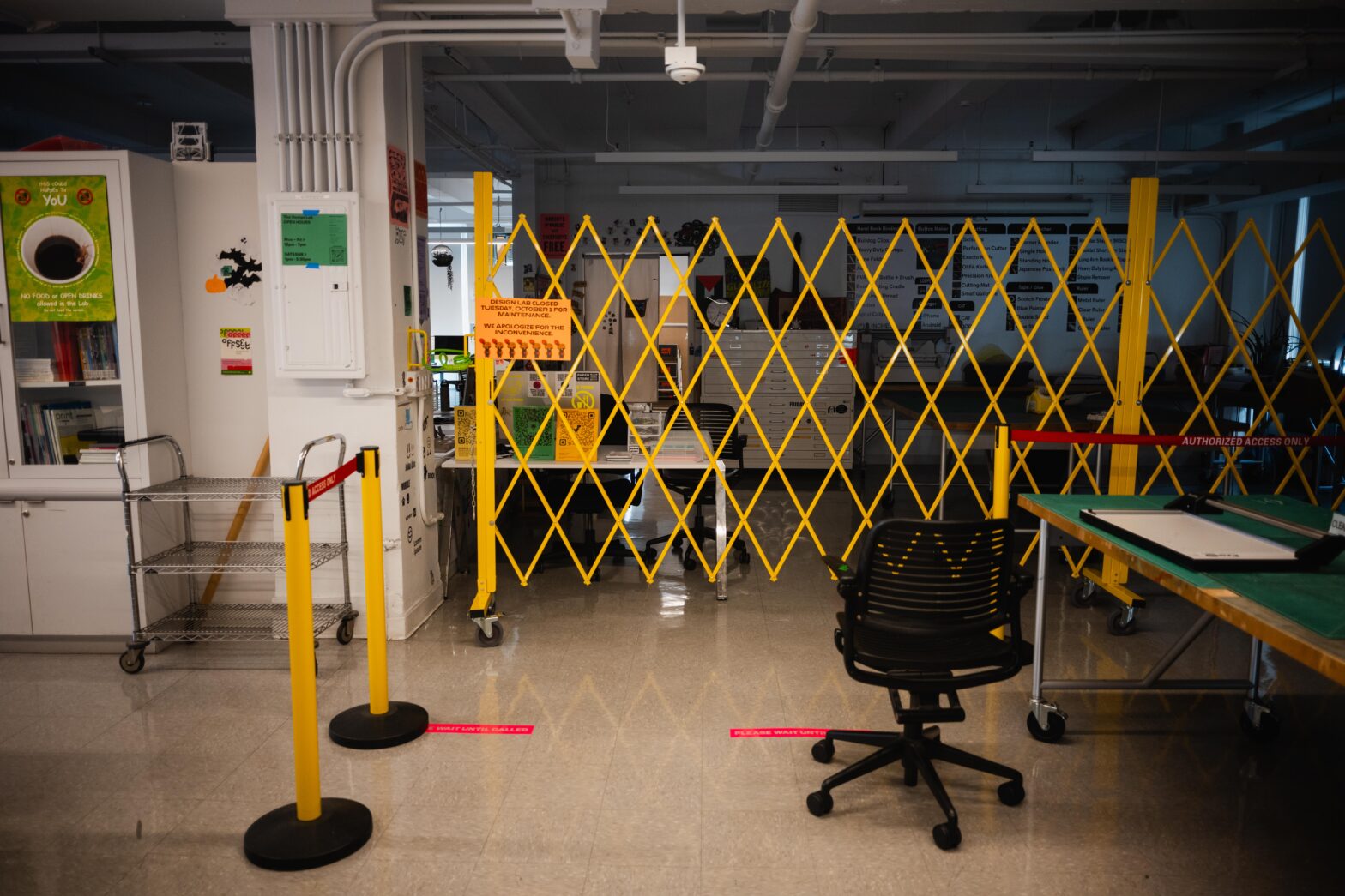
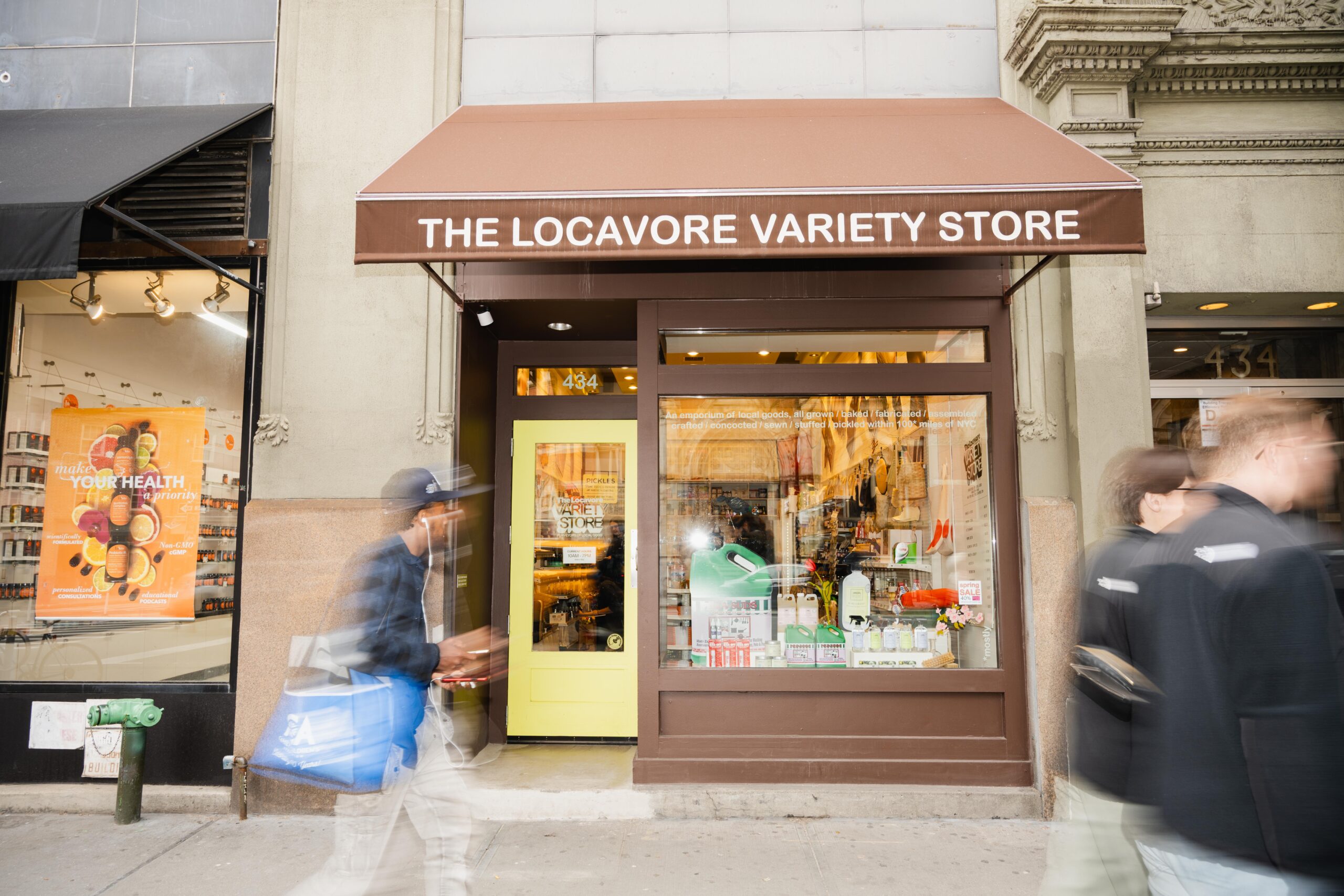
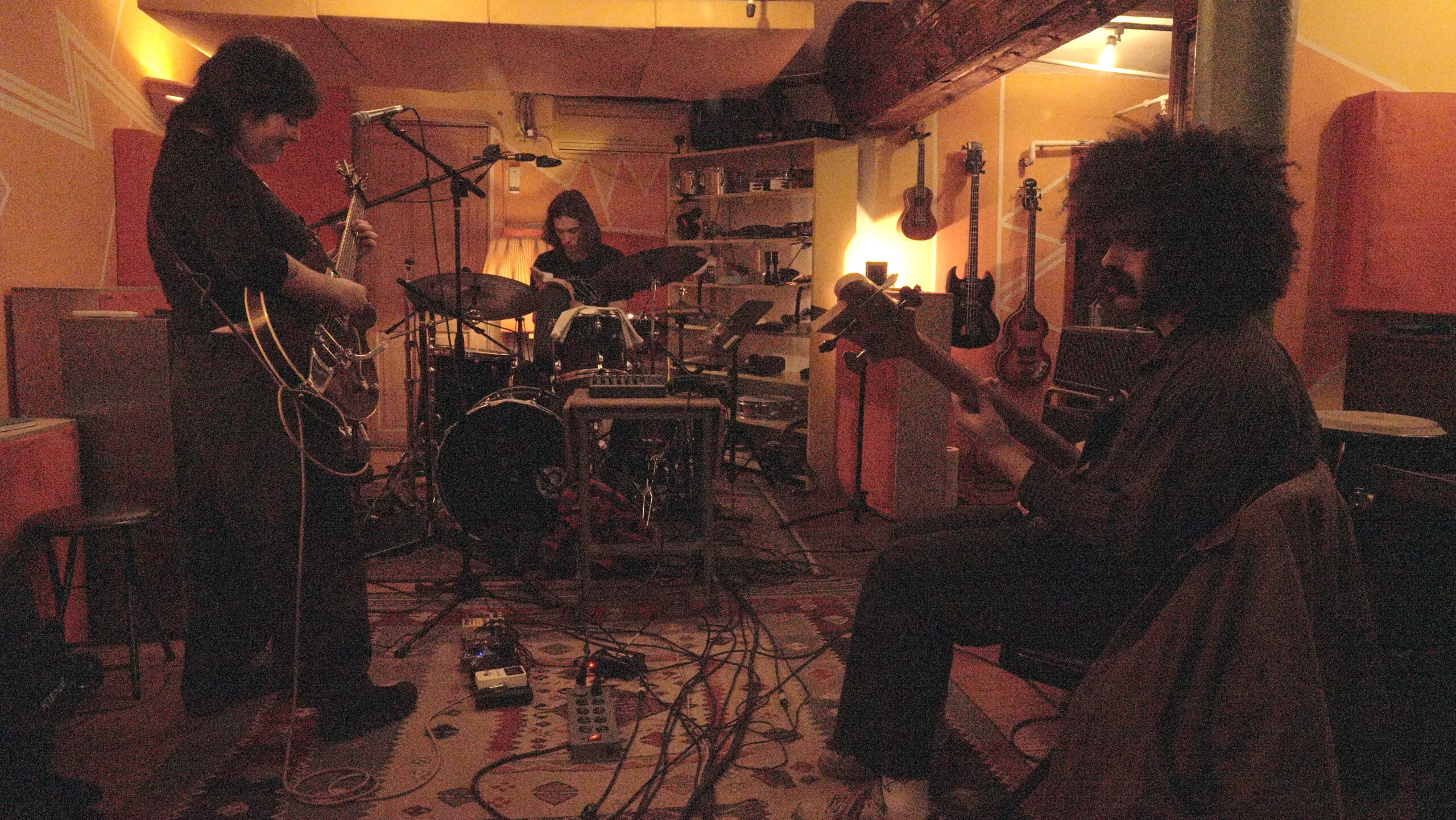
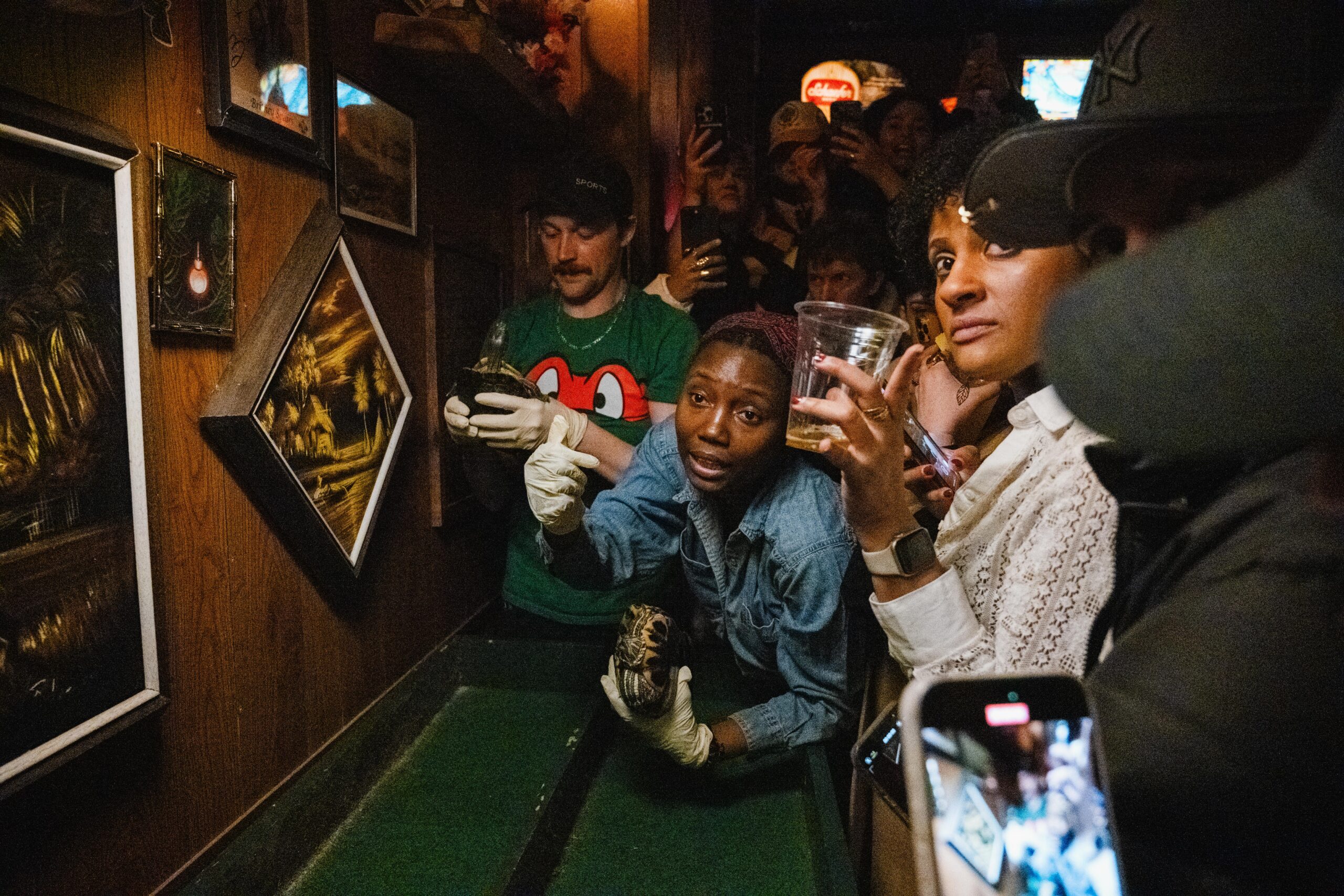
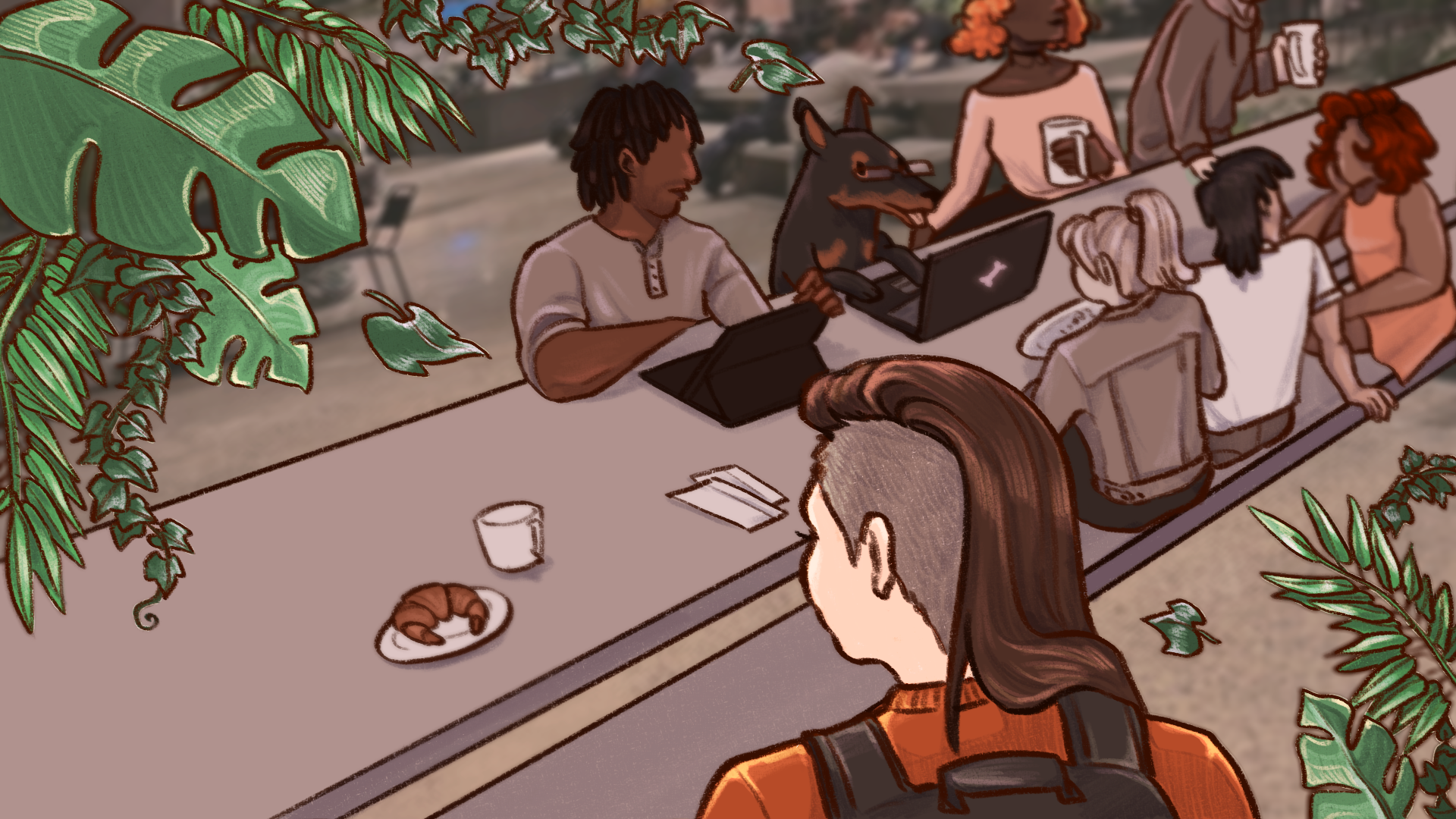


Leave a Reply